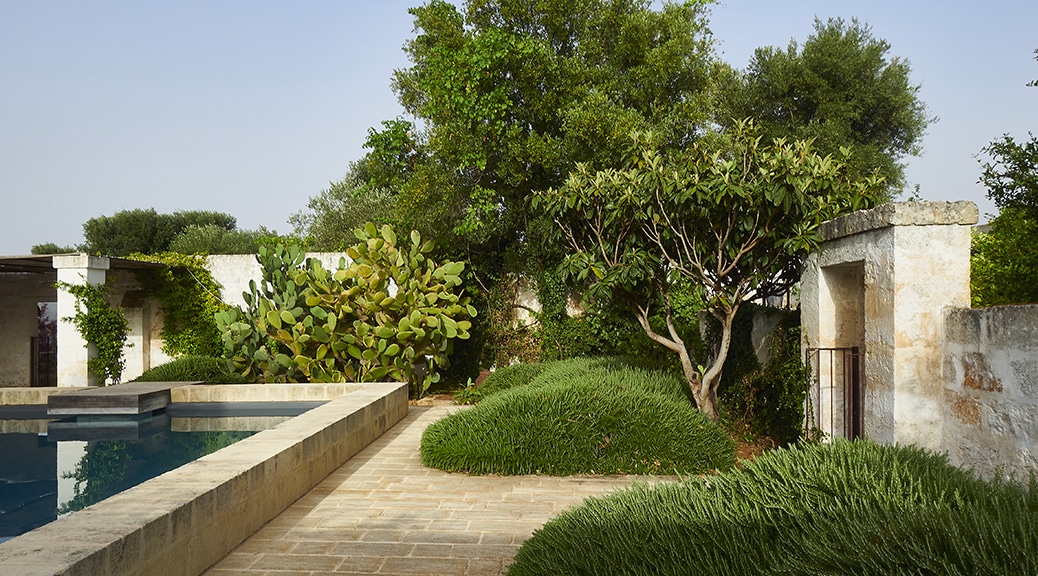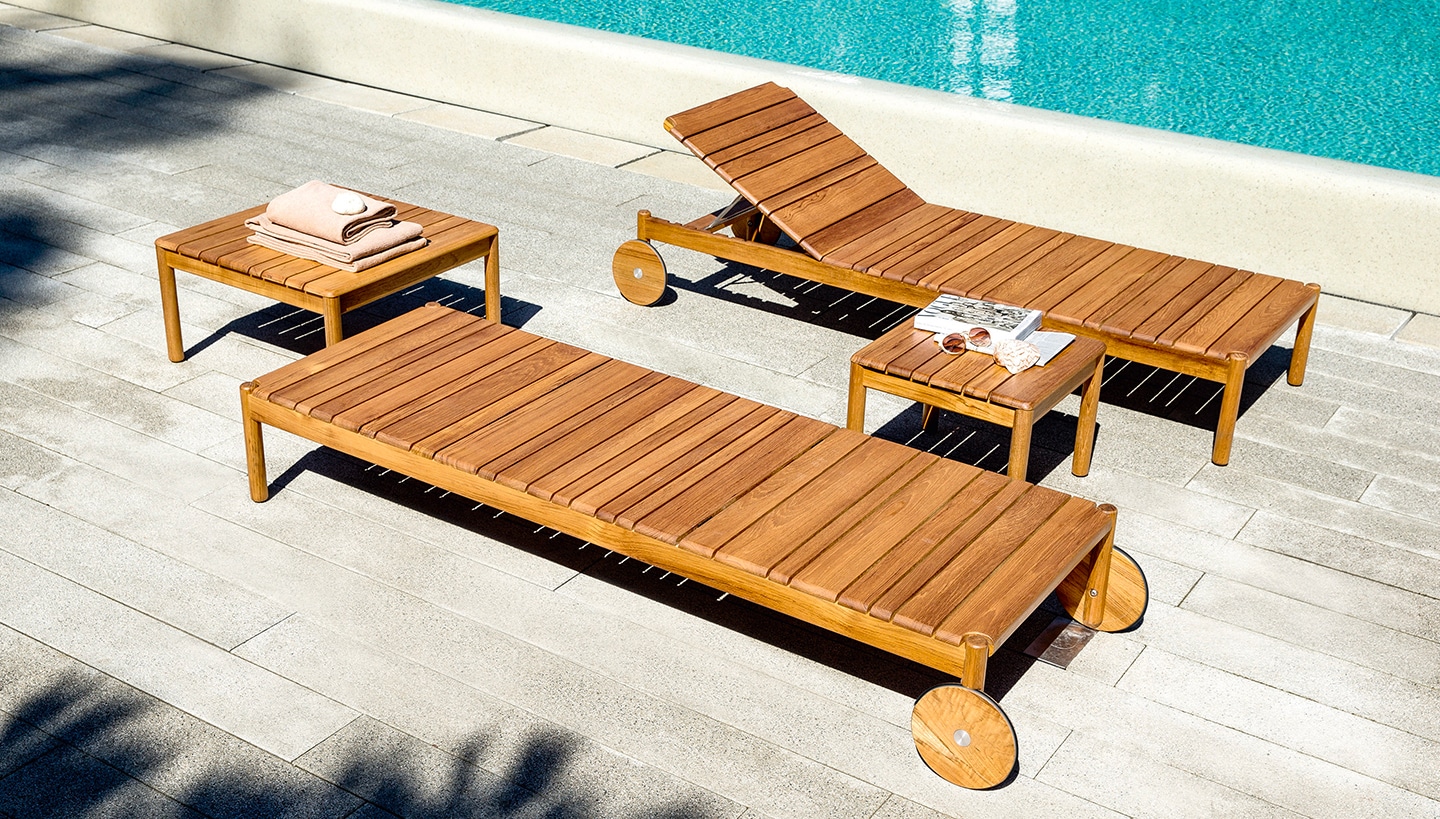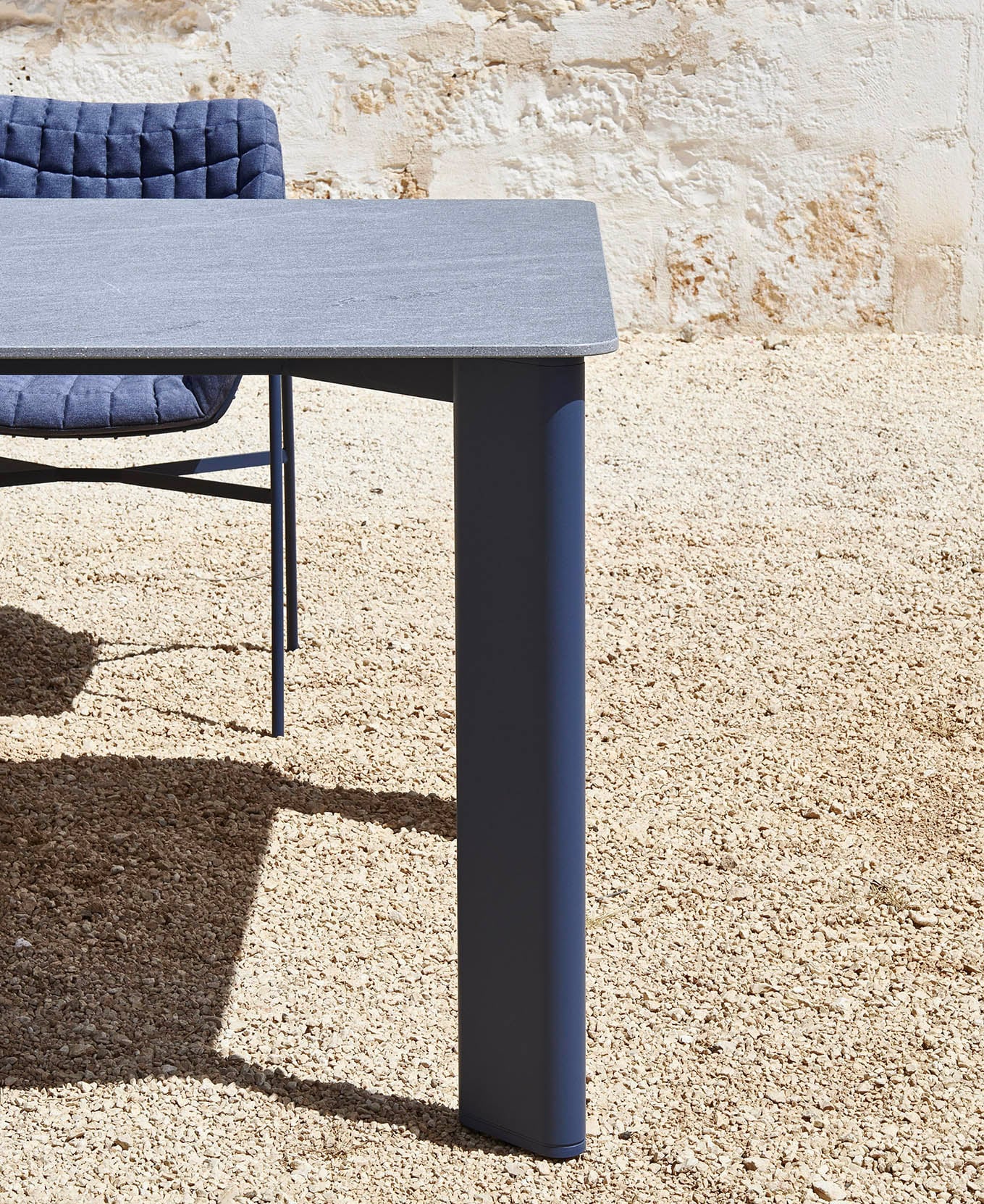Have you ever heard about Feng Shui?
The literal meaning of this word, “wind and water”, represents a real reference to the natural elements that created the earth long time ago.
Specifically, it is an ancient philosophy of Chinese origins, which bases its roots on the search for balance in the environments in which we live. A real cult of the spirit, in which well-being is at the center of everything and whose main objective is to harmonize spaces, guaranteeing a life full of happiness, health and prosperity.
HARMONICALLY NATURAL
Well-being, balance, harmony: these, therefore, are the three pillars on which the art of Feng Shui is based.
In fact, according to this philosophy, the organization of spaces and accessories, combined with the choice of the right finishes, allows positive energies to flow into the space, creating a sort of “wellness oasis”.
To make all this happen, the first thing to think about is the basic architecture of the outdoor space: the construction of the garden must be rectangular or squared, in this way its maintenance will be easier. Once the shape of the garden has been defined, it will be necessary to harmoniously combine the five fundamental natural elements of oriental culture: water, fire, earth, wood and metal.
How? We’ll explain it to you right away.
WATER AND WOOD
The water element can be inserted through a beautiful fountain, a pond or, why not, a swimming pool.
When designing a pool for example, it will be necessary to pay attention to its shape: a square pool, in fact, will be associated with the earth; one elongated, instead, to the wood; a circular or semi-circular to metal; one with a curved edge in the water and, finally, a trapezoid or with an irregular profile to fire.
However, there is an important characteristic that, beyond shape, binds all types of pools in a Feng Shui garden: the energy transmitted to human beings.
And the wood? This element represents a new beginning, growth and development becoming one of the most powerful sources of energy ever. Where to find it? In addition to plants, such as bonsai or bamboo, also in furnishing accessories. Let’s think, for example, of sunbeds made entirely of this material, such as those in our Barcode collection, with an essential design and natural inspiration, they will be the perfect companions on a day of relaxation and tanning.
FIRE
Fire. The element of energy, passion, dynamism and light. An entity characterized by very important properties which is also an invaluable source of strength for our psyche.
How to insert it in the outdoor space? The answer is soon said.
With light sources such as candles, stoves, a fireplace but also table lamps, ceiling lamps or lampshades.
The latter will be perfect for illuminating the garden while releasing the right amount of vigor at the same time.
Which ones do we recommend? Those of the Tibidabo collection, discreet and elegant, thanks to their slender and essential lines, will give an extra touch to the environment.
EARTH AND METAL
For many people well-being is linked to stability: work, family, love. Stability which, according to the Feng Shui philosophy, can be traced back to the earth element.
Indeed, there is an essential link between the earth and human relationships which, in turn, are connected to knowledge – understood as wisdom and understanding. Absolute symbol of calm, patience and tranquillity, the earth in turn generates the last element at the base of Feng Shui: metal, associated with strength and resistance.
We thought of a simple but at the same time effective way to introduce both of these two elements into our personal wellness oasis. In fact, the accessories that more than anything else in the world are synonymous with stability are low tables, cabinets or even carpets.
What did we think about? To a small table, like Plinto, based on regular lines and with an essential design, which with its powder-coated aluminum structure encloses inside the perfect union of these last two elements.





